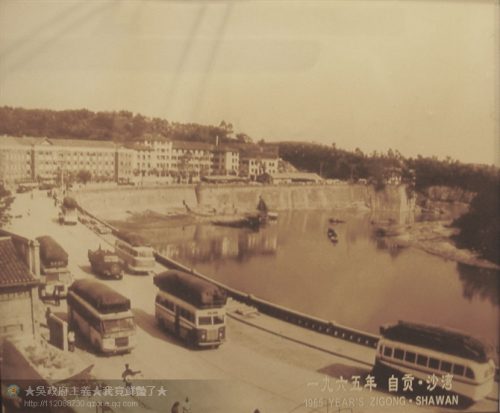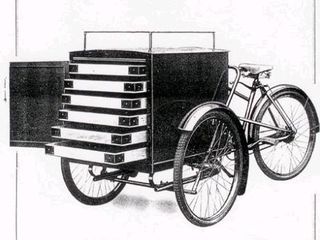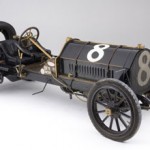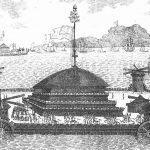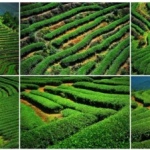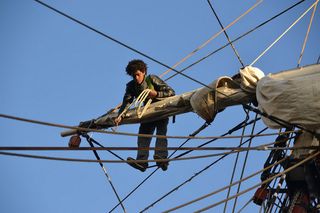 Do you want to travel between Europe and America in a sustainable way? Try a sailing boat. The 32 m long brigantine “Tres Hombres” maintains a freight service between Europe, the Atlantic islands, the Caribbean and America. Besides a cargo capacity of 35 tons, she has accommodation for 5 crew members and a maximum of 12 passengers. On board you learn the basics of square-rigged seamanship: maintenance, navigating, manoeuvring under sail, safety, cooking and much more.
Do you want to travel between Europe and America in a sustainable way? Try a sailing boat. The 32 m long brigantine “Tres Hombres” maintains a freight service between Europe, the Atlantic islands, the Caribbean and America. Besides a cargo capacity of 35 tons, she has accommodation for 5 crew members and a maximum of 12 passengers. On board you learn the basics of square-rigged seamanship: maintenance, navigating, manoeuvring under sail, safety, cooking and much more.
The ship sails throughout the year. The website now shows the schedules for the summer of 2013, the winter of 2013-2014, and the summer of 2014. On November 17, 2013, you can sail across the Atlantic from Portugal to Brazil, which takes an estimated 45 days. The trip costs 2700 euro. On February 10, 2014, you can sail back from the Dominican Republic to London via Bermuda and the Azores. This eastbound Atlantic crossing takes 81 days and costs 4455 euro. Shorter trips are also possible. For example, on May 4, 2014, you can sail from London to Amsterdam in 5 days, which costs 375 euro.
More info at Fairtransport. (Click “Tres Hombres” in the upper right corner, then switch to English language).
